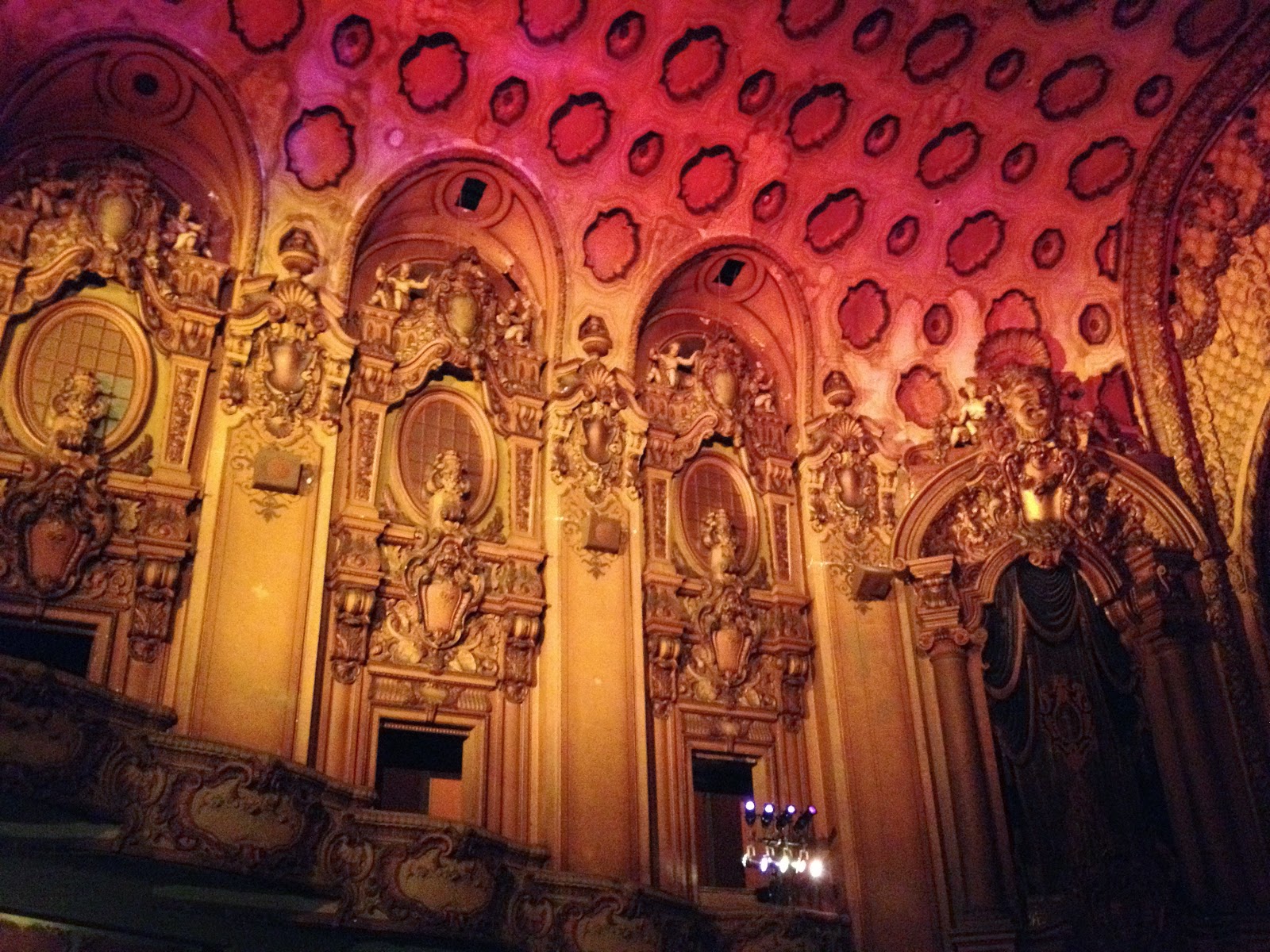When I first visited London back in the 1990s, I spent most of my time in the West End or the City.
In recent visits, however, I've spent more and more time south of the Thames and in East London, as those areas have been regenerated and moved onto the traveller's radar.
It seemed fitting, therefore, that I should stay at the Ibis London Blackfriars this time, a contemporary hotel right next to Southwark Tube station (itself a shiny example of New London).
As you can see, the hotel's exterior on Blackfriars Road doesn't look like much...

... but the interior is distinctly cool and contemporary:

Beyond reception, the lift took me to my 11th floor room.
I'd stayed in an Ibis before (most recently the Ibis Seoul Insadong), so I knew the mid-range hotel room would likely be compact.
It was. But as was the case in Seoul, a lot of thought had gone into the design. What I found was a sleek but simple space with a contemporary look:


There was also a typical London view, ie a mix of old and new buildings with a few famous structures as part of the collection:

The bathroom was a self-contained curved "capsule" located at one end of the room, containing a shower, sink and toilet in a bright white interior:

The room was small but manageable. Once Narrelle and I had unpacked our gear into the open shelves and hanging space near the window, we could move around fairly easily.
Speaking of the window, it could be opened - something I'm always thankful for.
Other positives include a kettle with tea and coffee making supplies, and a desk along the wall with the view. The free wifi maintained a reasonable speed, though there was also the option of paying for a faster service.
One negative was the under-supply of power sockets, a bit surprising in a 2012-built hotel. There were only three accessible in the room, and one of these was in an awkward location about 20cm above floor level near the door.
This situation was mitigated a little by a USB socket under the TV which could be used to charge devices; I connected my iPad to this and left it in the magazine rack beneath to recharge.
I've saved the Ibis Blackfriars' best asset for last. On heading back downstairs, I discovered a magnificent and diverse selection of seating in the lounge/cafe/bar behind reception:





This was a very pleasant zone which had people socialising it it all day long, with a relaxed vibe that made it a delight to sit around in.
It effectively counteracted the guest rooms' smallness, by providing a spacious environment in which to unwind.
I liked the ground floor space so much that it'd likely tip my choice in favour of this hotel, in any competition with a similarly-priced hotel containing larger rooms.
Helping along this positive feeling was the the hotel staff, composed mostly of young Europeans who were uniformly cheerful and helpful.
As a result, the Ibis London Blackfriars hotel exceeded my expectations for mid-range accommodation in the British capital. I'd recommend it for your next UK visit.
Just the Facts:
Ibis London Blackfriars, 49 Blackfriars Rd, London SE1 8NZ, UK
Phone: +44 207 633 2720
Web: www.ibis.com
Rates: Rooms from $185 per night.
Disclosure time... for this stay I was given a discounted accommodation rate by Accor Hotels. To read previous accommodation reviews, click on The Bed Report label below.






































